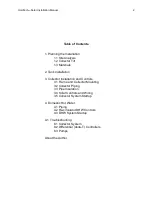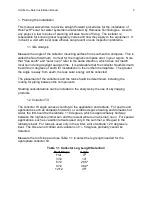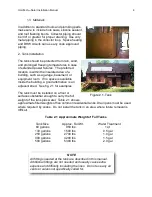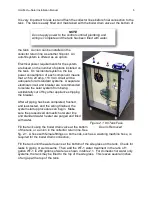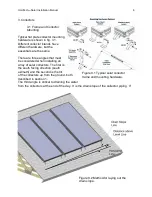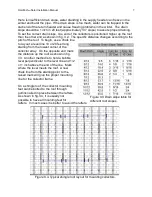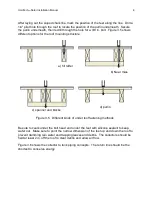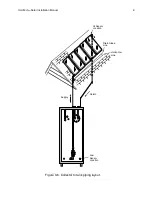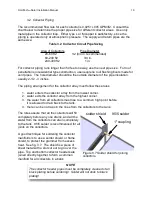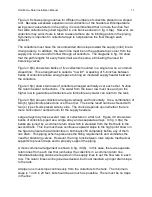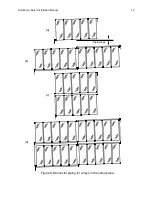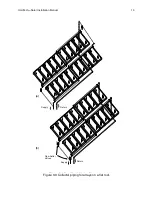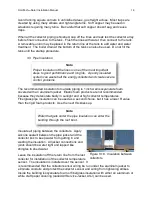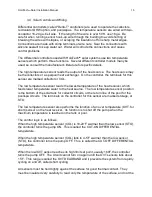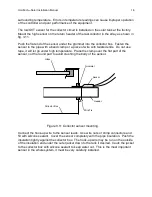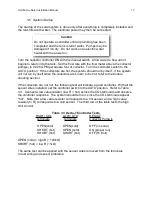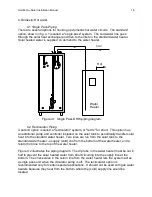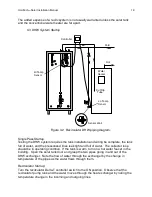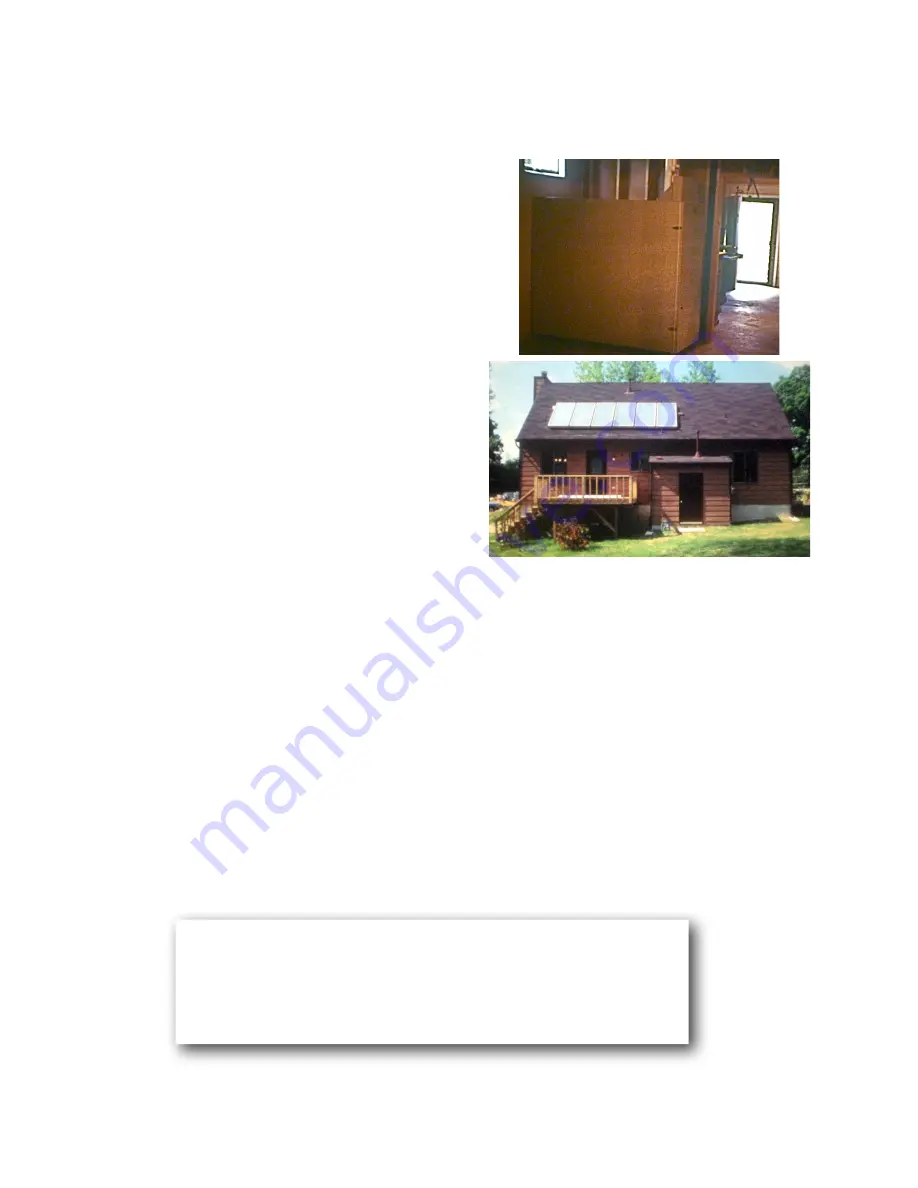
1.3
Materials
In addition to standard tools and plumbing parts,
make sure to include hole saws, silicone sealant,
and roof flashing boots. Collector piping should
be 3/4" or greater for proper draining. Use only
metal piping in the collector loop. Space heating
and DHW circuits can use any code approved
piping.
2. Tank Installation
The tank should be protected from rain, wind,
and prolonged freezing temperatures in case
of extended power failures. The preferred
location is within the insulated area of a
building, such as a garage, basement, or
equipment room. If no space is available
inside the building, a good alternative is an
adjacent shed. See fig. 2.1 for examples.
The tank must be installed on a floor or
surface substantial enough to carry the full
weight of the tank plus water. Table 2.1 shows
approximate filled weights of five common residential tanks. Drain pans must be used
where required by codes. Do not install the tank in an area where future removal is
difficult.
Table 2.1 Approximate Weight of Full Tanks
Tank Size
Approx. Full Wt.
Water Treatment
80 gallons
950 lbs.
1 qt
130 gallons
1500 lbs.
0.5 gal
250 gallons
2700 lbs.
1.0 gal
400 gallons
4200 lbs.
1.5 gal
500 gallons
5300 lbs.
2.0 gal
HoloTech
tm
Solar Installation Manual
4
NOTE
All fittings needed at the tank are described in this manual.
Additional fittings are not needed and usually cause extra
expense and difficulty insulating the lines. Do not use any air
vents or valves not specifically called for.
Figure 2.1. Tank


